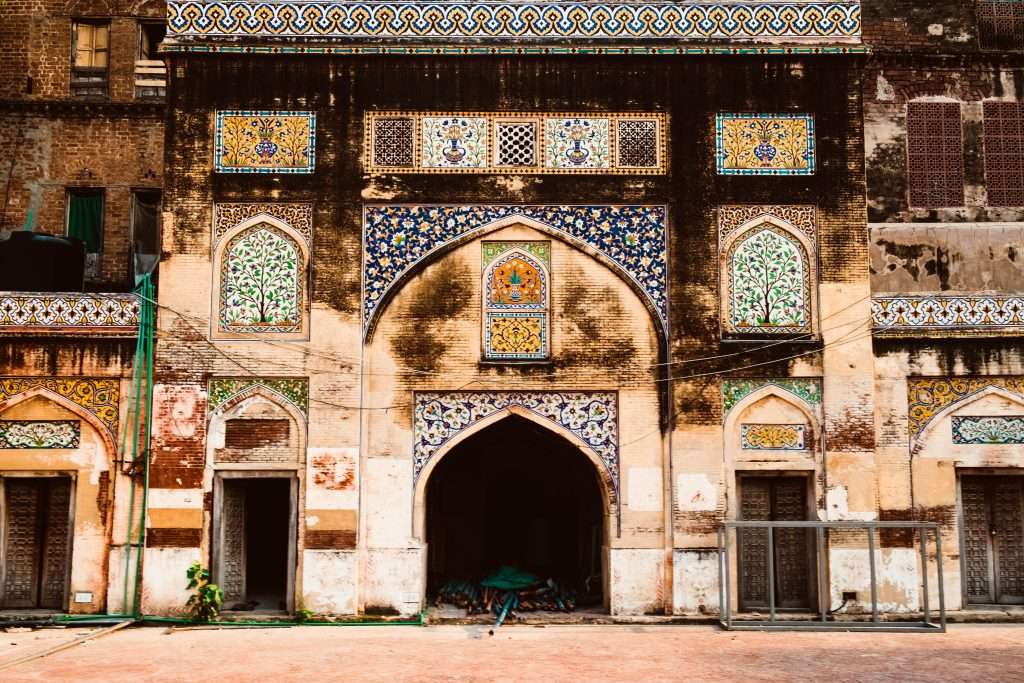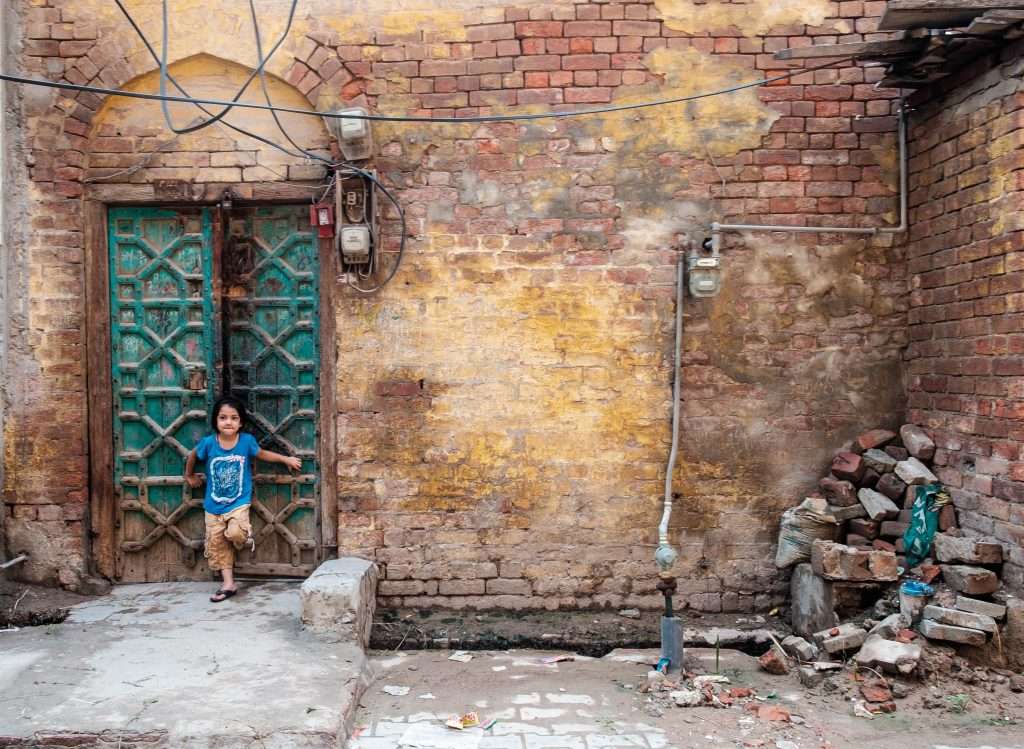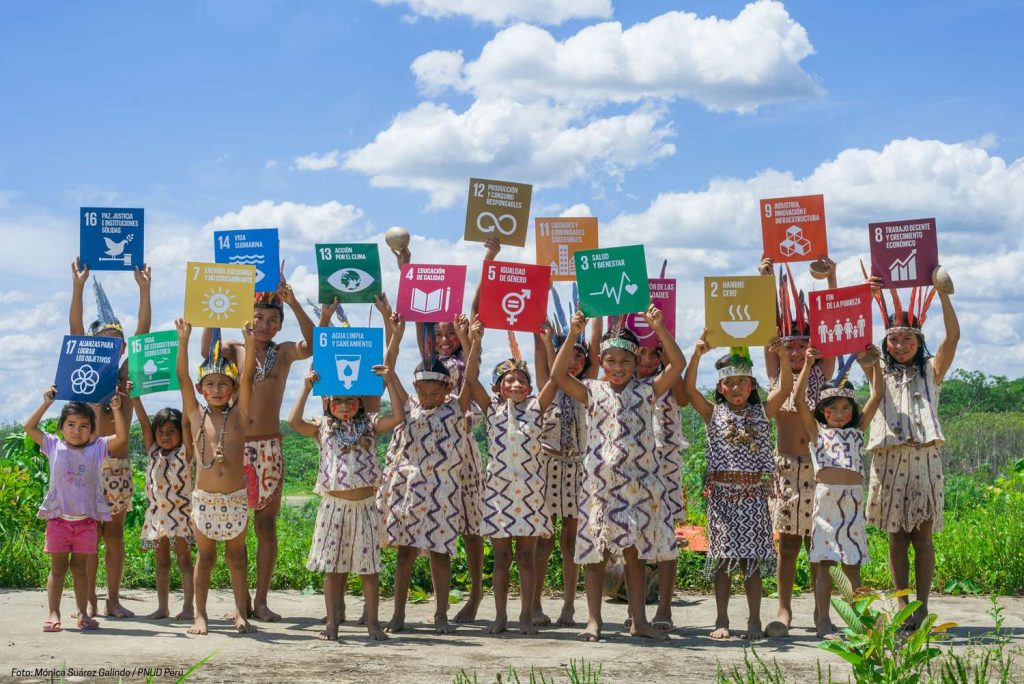Pakistan suffers from food insecurity because of inadequate agricultural productivity, unstable political arrangements, and corruption. Many of the poor lack purchasing power and access to adequate food supplies.
However, the country has also been subject to extreme weather and disasters. Since 2013, drought has become a frequent phenomenon and the 2022 floods are the worst in its history. Extremes in weather have affected livelihoods and household food security. This has especially been the case in parts of Balochistan and Sindh provinces. The FSC (Food Security Cluster) estimates that drought affected some 5 million people in the 26 districts of those provinces in 2019.
As a result, approximately 1.3 million people were already experiencing Crisis (IPC 3) and Emergency (IPC 4) levels of food insecurity. All were living in the drought-affected districts of Sindh Province.
In this article we look at the causes of Pakistan’s food insecurity crisis in detail, and investigate the long term solutions that might fix this problem.

The Nature of Food Insecurity in pakistan
Overall, Pakistan is placed 92nd out of 116 countries on the Global Hunger Index (GHI) (2022). With a rating of 24.7, the country’s hunger level is grouped as ‘serious’. That ranking is overshadowed by its neighbour, India (ranked 101st). However, Pakistan’s other regional neighbours, Bangladesh and Sri Lanka, are ranked somewhat better, at 76th and 65th respectively.
Food insecurity and malnutrition persist despite improvements in food production over recent years. According to the Planning Commission of Pakistan‘s ‘Vision 2030’, about half of the country’s population still suffers from absolute to moderate malnutrition. The most vulnerable groups are children, women, and the elderly in the lowest income groups.
The Main Factors Behind Food Insecurity in Pakistan
Food insecurity describes a lack of adequate food and nutrition for the development of a normal, healthy life. It is the result of poor availability or provision of food due to a lack of purchasing power or inadequate use of food at a household level. In Pakistan this is caused by several factors:
- Lack of access to farming machinery
- Limited access to modern technologies in agriculture
- Climate Change
- Political Crisis
- Population Growth
- Economic disability
- The unaffordability of nutritious food
- Water Shortage
- Over-reliance on Wheat Crops
Therefore, the Pakistani government has implemented a number of policy responses to improve the country’s food sustainability. They include the pursuit of industrial growth, food imports, poverty reduction measures, nutritional development programmes, and the provision of social welfare programs.
However, the fact that significant hunger persists, even after these governmental efforts, means that the underlying problems of inequality are much harder to solve.
Extreme weather has played a part. Currently, 17% of Pakistan is still affected by flooding two months after its worst climate-driven disaster in history. The country is now battling malaria, cholera, dengue, water-borne disease and malnutrition directly caused by the floods.
The national government is also seeking assistance from foreign organisations to help resolve the crisis. Social protection policies and economic strategies that are inclusive of the agricultural sector are vital for building a sustainable future in Pakistan. The goal is to ensure that all provinces have access to sufficient healthy food.

The Impact on Pakistan’s Population
Over recent years, Pakistan has actually become a food surplus country and a major world producer of wheat. It distributes food to needy populations through a variety of mechanisms, including the World Food Programme (WFP) .
However, the national nutrition survey of 2018 shows that 36.9 percent of the population still face food insecurity. The problem is that Pakistan’s most vulnerable groups lack access to an adequate and sufficiently diverse diet, particularly women.
According to the survey report, the region has the second-highest level of malnutrition. This severely impacts children’s development. 18 percent of people in Pakistan under the age of five suffer extreme malnutrition. Around 40 percent of those have stunted growth, and 29 percent are underweight. All complementary feeding indicators are far below acceptable levels.
Also, only one in every seven children aged between 6 and 23 months receives meals with minimum dietary diversity, comprised of at least four different food groups. It is also largely Pakistan’s children that are failing to receive the minimum number of meals per day.
How Can Pakistan Move Towards Food Sustainability?
There are many practical opportunities to improve Pakistan’s food sustainability. The right approach should see substantial transformations in the food system over the coming decade.
- Firstly, Pakistan needs to address food insecurity in both rural and urban areas with multi-sectoral interventions. These will improve production, processing, transport, storage, and marketing. Government policy can also help the food production industry deal with shocks, including those caused by climate change.
- Secondly, Pakistan must empower agriculture and livestock producers with better access to technology. This will ensure broader adoption of climate-smart agriculture.
- Thirdly, enhanced vaccination campaigns against common livestock diseases and improved regulations on stock management will reduce the risk of disease. The COVID pandemic highlighted the risk and impact of disease transmissions from animals to humans. Pakistan has a large volume of livestock with substantial viral and bacterial loads. Therefore, it particularly important for the government to take concrete steps to manage risk.
- Finally, Pakistan needs to encourage greater use of digital technologies in both rural and urban areas. These kinds of innovation can make the food system more responsive, resilient and, efficient. Governments create a favorable policy environment by supporting the private sector to develop new technologies.
The Vision 2030
Around the world, food insecurity among the most vulnerable is rising due to the ongoing global food crisis. As part of its response, the World Bank is supporting countries to improve agricultural productivity and build more resilient, sustainable food systems.

The UN’s 2030 Agenda has somewhat altered the discourse on ‘development’ in Pakistan. In order to optimize available resources, the country is exploring avenues for cross-sectoral cooperation and partnerships. Every stakeholder is considered an actor in the project. This will be the hallmark of Pakistan’s implementation plan for achieving the 2030 Agenda’s Sustainable Development Goals (SDG’s).
Conclusion
Food insecurity is not just about the shortage of food. It also describes the inability to supply the required amount of daily nutrition. Food insecurity affects women, children, and rural households disproportionately. Socio-economic inequalities increase the number of food-insecure households.
Thus, it is important that the Pakistan government devise policies that ensure a more equitable resource distribution in the country. The creation of more cultivable land will ensure the continued availability of staples like wheat. However, it must also encourage more efficient use of the country’s resources by promoting modern technologies in food production, and adequate access to a diverse and healthy diet for the whole population.
Pakistan’s agricultural cooperation under the China Pakistan Economic Corridor (CPEC) offers an excellent opportunity to positively impact its agricultural sector. Also, work on Goal 2 of the UN’s SDGs will help build solutions that prevent hunger and achieve food security long term. Sustainable agriculture initiatives are the key to achieving these targets.
The Thrive Framework
At THRIVE we believe that there is no truly sustainable food system in an unsustainable world. The Thrive Framework was developed as a tool to support progress towards sustainability by assess the value of different strategies.
At its core, sustainability simply means the ability to continue, to survive. ‘Thrivability‘, by contrast, is the next step, beyond sustainability. THRIVE believes that humanity can do better with the knowledge currently available to us. We want to instil the idea that sustainable solutions not only prevent disaster, but offer the potential for societies to flourish.
The THRIVE Framework examines issues and evaluates potential solutions in relation to this overarching goal of thrivability. It is about making predictive analyses using modern technology that support environmental and social sustainability transformations.
We recognise that human happiness can sometimes compete with environmental wellbeing, which is why we use our ciambella chart (below) to illustrate the ‘thrivable zone’. This is the area between a ‘social floor’ (the minimum required for people to live happy lives) and an ‘environmental ceiling’ (the maximum damage that we can do to the environment before it becomes unsustainable).

Overlaid on these thrivable zones are visual measurements that show impact – whether something is inside the thrivable zone – or exactly where it falls short.
To learn more about how The THRIVE Project is researching, educating and advocating for a future beyond sustainability, visit our website. You can follow our informative blog and podcast series, as well as find out about our regular live webinars featuring expert guests in the field. Sign up to our newsletter for regular updates.























